You are here
Dzhuchi Khan mausoleum.

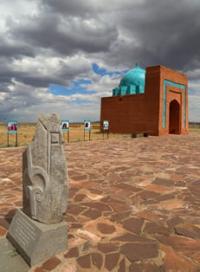
Tours on ancient mausoleums Ulytau.
«Memory is the treasure house of the mind wherein the monuments thereof are kept and preserved»
Thomas Fuller.
Ulytau and Great Silk Road in Kazakhstan.
Zhoshi Khan Mausoleum is located at an altitude of 387 meters above sea level, in northern part of ancient necropolis of Zhoshi han, northwest of Kyzyzhal Mountains, 1.2 kilometers from left bank of Kara-Kengir River, 34.9 kilometers northeast of town of Satpayev, 55.5 kilometers northwest of village of Terekty, 26.7 kilometers south and slightly west of village of Malshybay in Ulytau district of region of same name.
Research of Zhoshi Khan Mausoleum.
The mausoleum was erected in the first half of the XIIIth century. The Zhoshi Khan Mausoleum was first mentioned in the notes of Hafiz Tanysh (XVIth century). In 1946 - 1947, an expedition was created to study the cultural heritage of the Kazakh people.
The study of the monument was conducted by archaeologists: A. Kh. Margulan, G. I. Patsevich and M. Levinson. During this expedition, for the first time during excavations, two burials were discovered in the mausoleum. In 1973, the Central Kazakhstan archaeological expedition was organized by the Ministry of Culture of the Kazakh SSR. Participants: Sembin M. K., Mamanbaev M. and Nurkabaev M. S. During the study, a historical background of the mausoleum was prepared.
In 1982, an archaeological expedition of the city of Zhezkazgan was organized under the leadership of Zh. Smailov, which carried out excavations in the mausoleum of Zhoshi Khan.
According to scientists, one of them belongs to Khan Jochi, the other - to his senior wife Bektumysh.
Description of mausoleum of Zhoshi Khan.
The mausoleum has a portal-dome structure, the dimensions in plan are 7.25 × 9.52 meters, the height of the portal is 7.90 meters, the building is erected from baked brick (26 × 29 × 5 cm). The mausoleum is covered with a dome with a double shell.
The outer dome has not survived, earlier it rested on a star-shaped 17-sided drum of a very rare shape and was faced with tiles and turquoise glaze. The same slabs were used to fill the U-shaped frame of a deep arched niche on the portal. The niche is covered with a semi-dome, resting on sails in the form of cellular stalactites made of brick.
The inner shell of the dome, covering a square chamber, rests on arched sails. In the depth of the chamber there is a tombstone. The floor of the mausoleum is paved with brick. The interior is illuminated by two arched openings located in the side chambers. Both the external volume and the interior are characterized by clarity and simplicity of composition.
Legends about Zhoshi Khan.
There is a legend among the local population that it was here that Genghis Khan's eldest son died during a hunt. There are several versions of the reasons for the unexpected death of Khan Jochi. Some historians and folk legends claim that Jochi died not through human fault, but a wild kulan knocked him out of the saddle.
Other historians and other legends say that the obstinate firstborn of Genghis Khan was killed by killers who were ordered by Genghis Khan himself.
One of the medieval sources reports that when Genghis Khan was informed of the death of his firstborn, he exclaimed:
- "Like a kulan that has lost its cub, I am separated from my cub. Like a flock of ducks flying in different directions, I am separated from my hero son."
A few months later, the Universe Shaker himself will die, not long outliving his firstborn. In 1982, the Zhoshi Khan Mausoleum was included in the list of historical and cultural monuments of national significance and is under state protection. The mausoleum is depicted on the 2005 Kazakhstan commemorative coin with a face value of 500 tenge.
Geographic coordinates of Zhoshi Khan Mausoleum: N48°09'19 E67°49'02
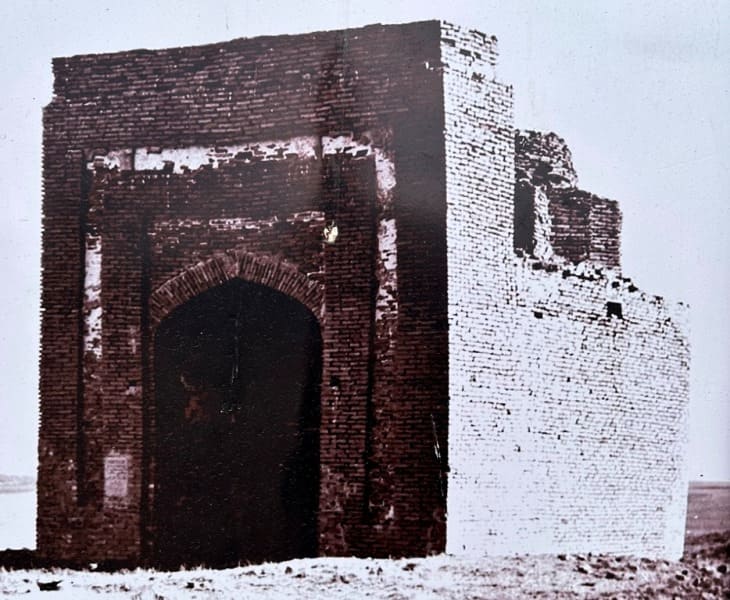
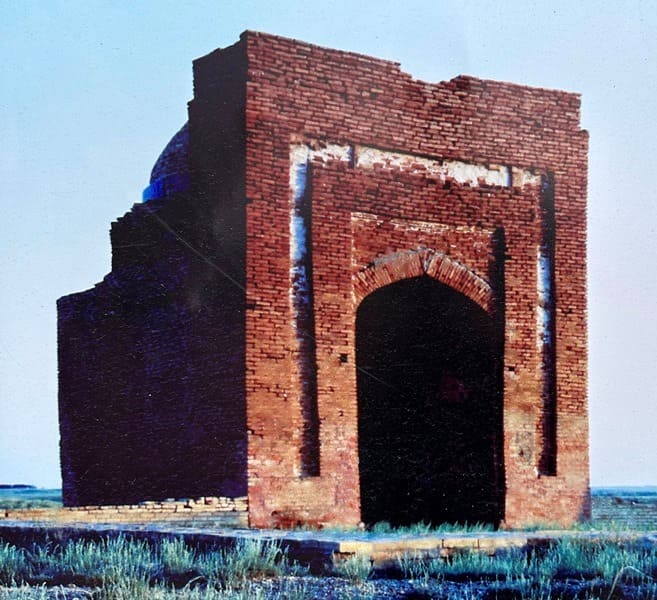
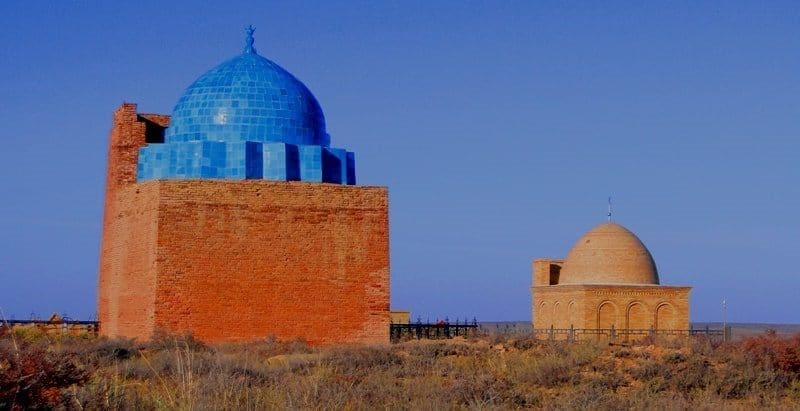
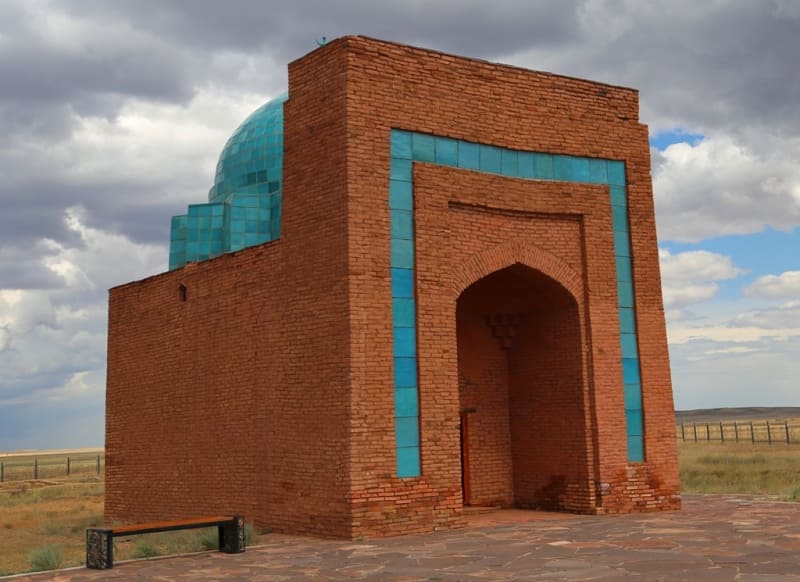
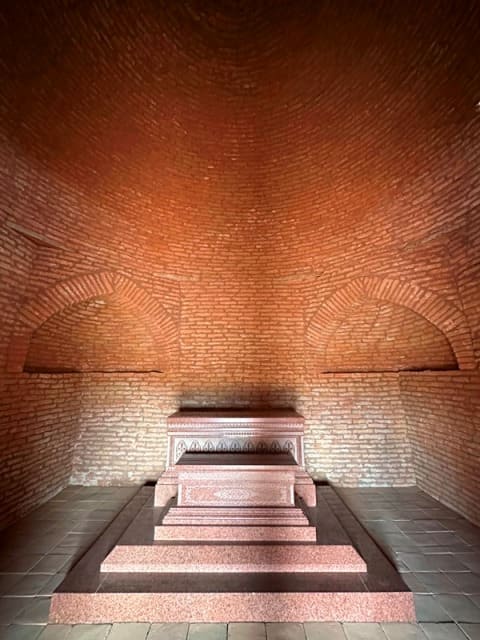
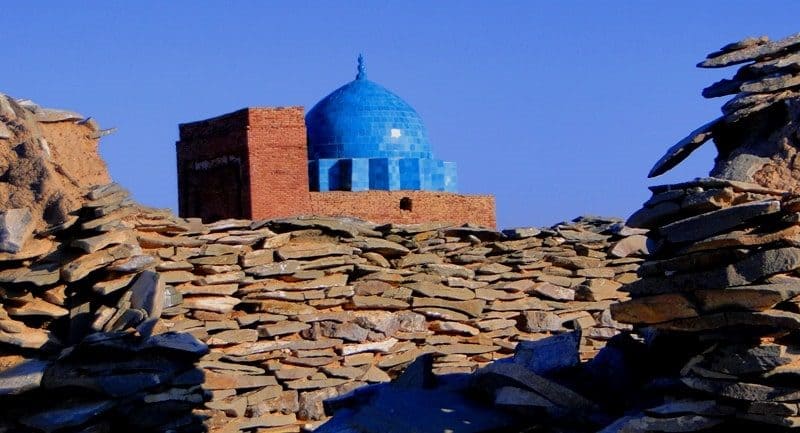
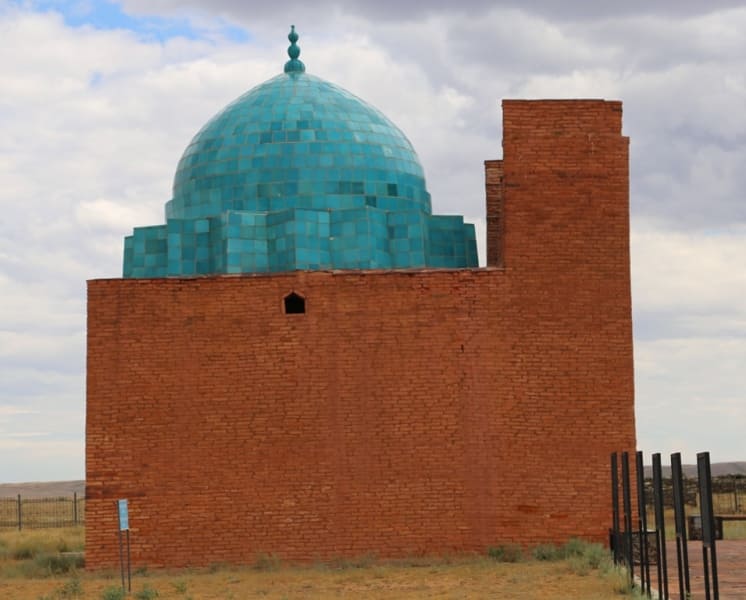
Authority:
Archaeology. Alma-Ata, 1959. p. 9, fig. 4-5, table I. Margulan A.Kh. “Remains of settled settlements in Central Kazakhstan”. “Medieval settlements and fortified settlements”. Zhezkazgan, 1996. 111 p. www.tengrifund.ru
Photos by:
Alexander Petrov.







